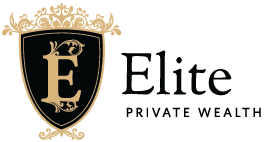What is a Trust?
A trust serves as a legal mechanism to delegate property management to a trustee for the benefit of one or more beneficiaries. It finds utility in various objectives such as estate planning, tax efficiency, and asset protection.
What is a Bare Trust?
In contrast, a bare trust is characterized by the trustee holding legal title to the property without exercising any discretion. Beneficiaries retain full beneficial ownership and control over the assets without limitations. This arrangement can offer tax-saving advantages to both the settlor and beneficiary, contingent on their circumstances.
Examples of Bare Trusts Triggering Reporting
Examples of bare trusts triggering reporting requirements include jointly owned investment accounts or real estate, where legal ownership lies with trustees while the benefits accrue to others or other entities. Real-life instances examples include
- Being listed on a parent’s house title to circumvent probate
- Adding one’s name to a house title to aid a child in obtaining a mortgage
- Inclusion on a parent’s bank account for financial management assistance
- Holding assets in trust for minors
Exceptions to Bare Trust Reporting Obligations
Exceptions to bare trust reporting obligations, as outlined by the CRA, encompass various trust types, such as master trusts, lawyers’ general trust accounts, and certain specialized trusts like graduated rate estates and qualified disability trusts. Also exempt are trusts functioning as non-profit organizations or registered charities, those existing for less than three months, or those holding assets below $50,000 confined to specific categories.
Compliance with Reporting Requirements
For bare trusts subject to new reporting rules, compliance entails filing a T3 Return within 90 days of the trust year-end, typically December 31, 2023. Penalties for non-compliance can be severe, ranging up to 5% of the property’s maximum value during the year, with a minimum penalty of $2,500.
Conclusion
In summary, understanding the intricacies of trust structures and navigating reporting requirements is essential for individuals and entities engaged in trust arrangements. Adherence to regulatory obligations ensures compliance and mitigates the risk of financial penalties.

